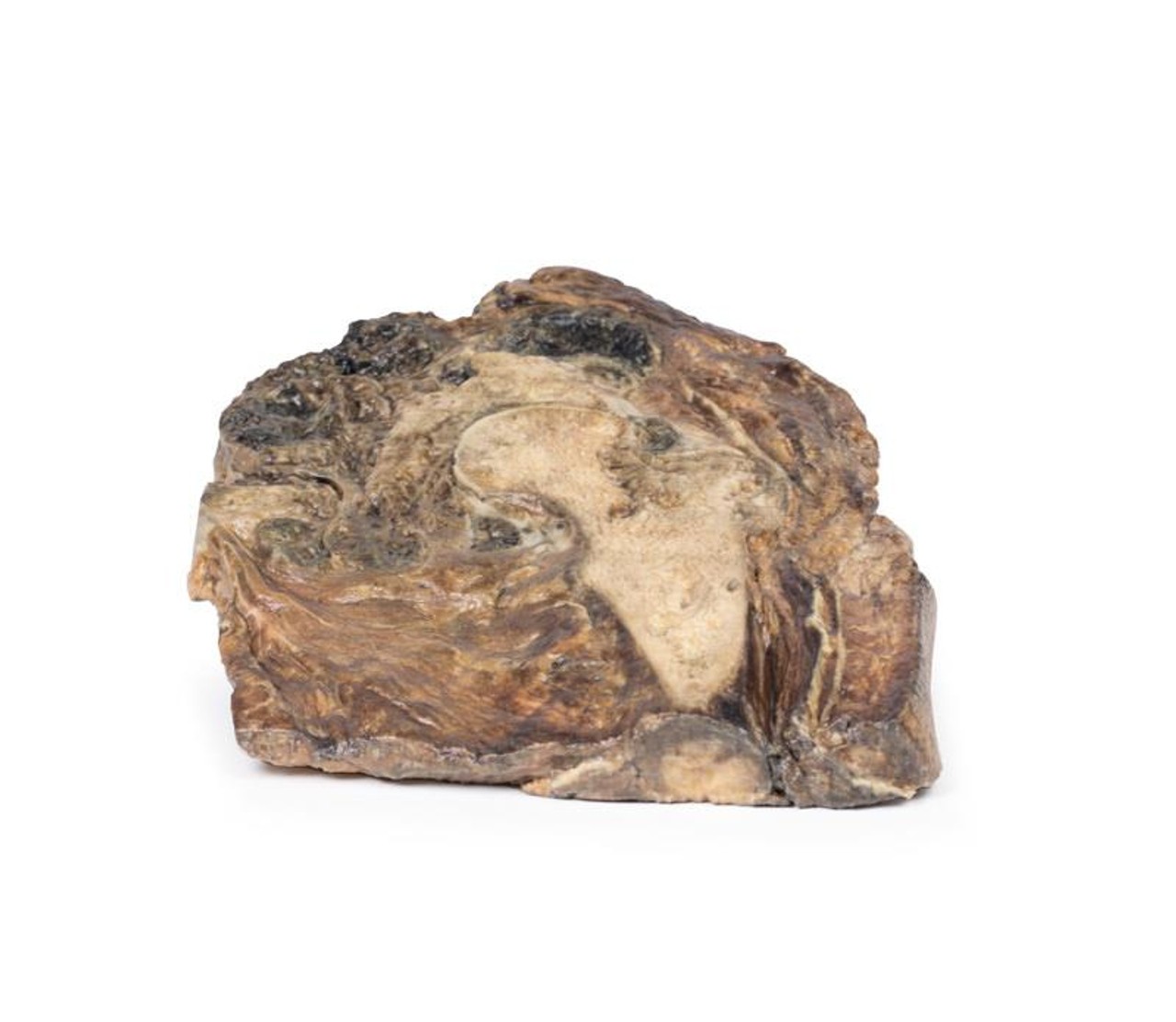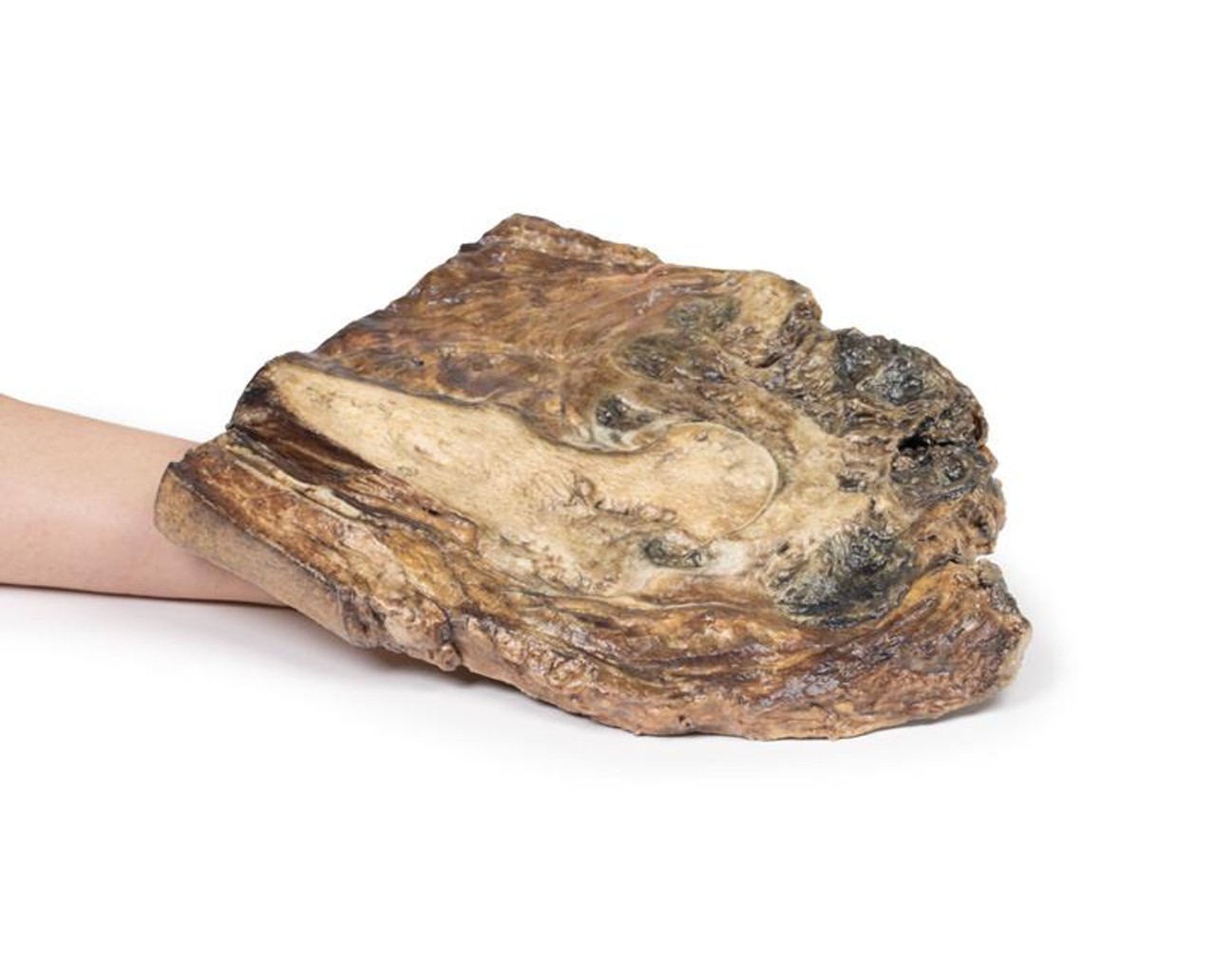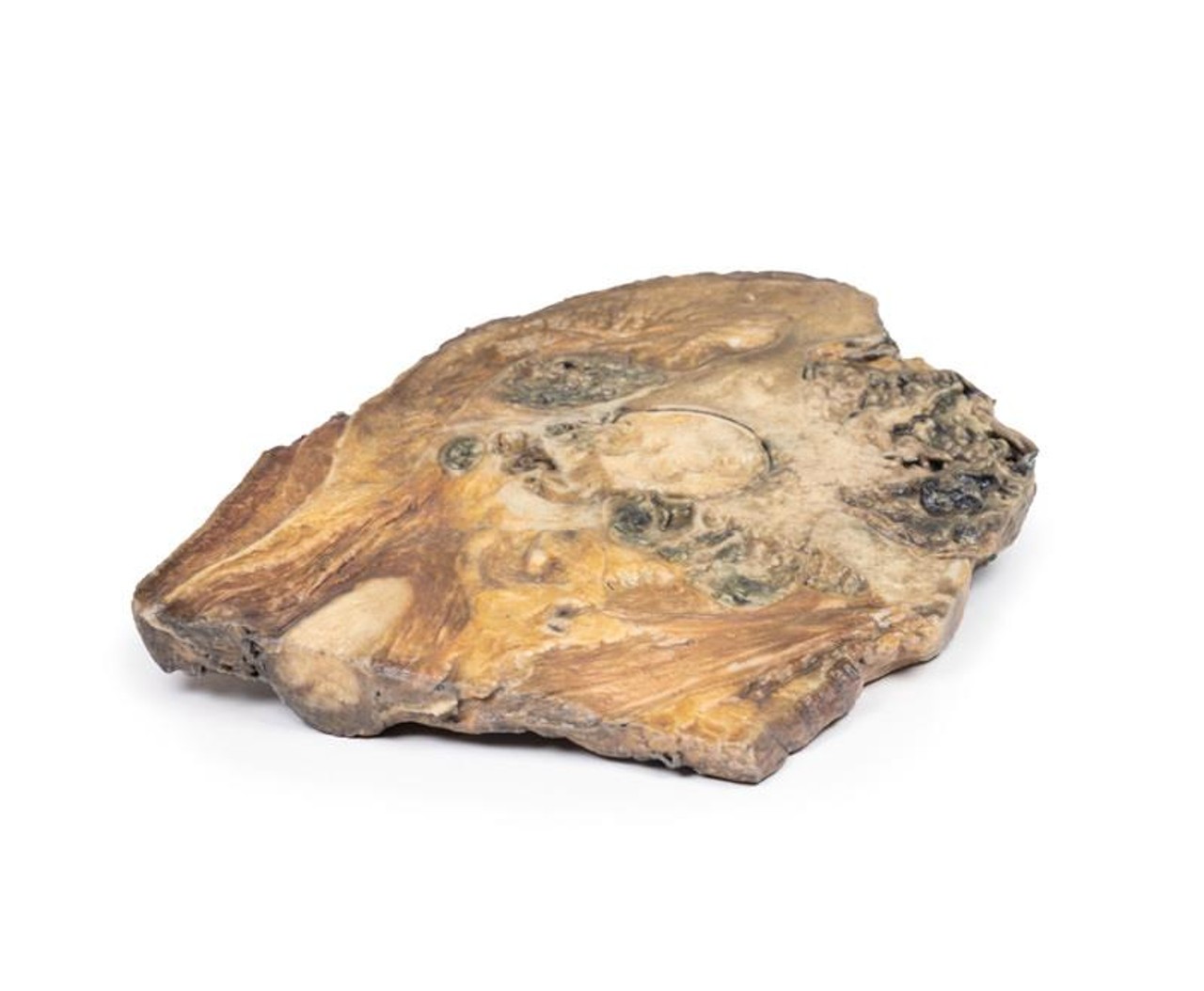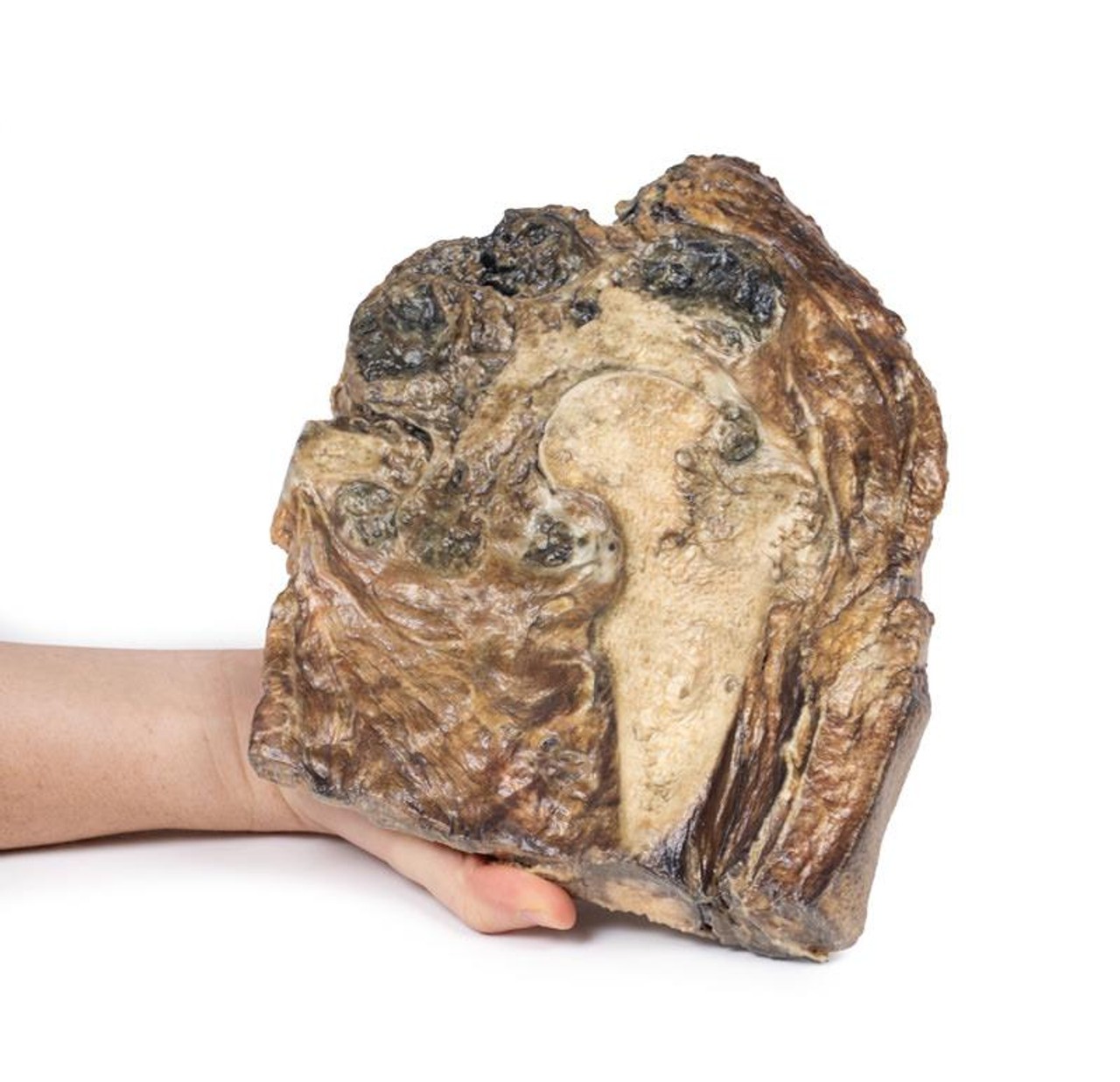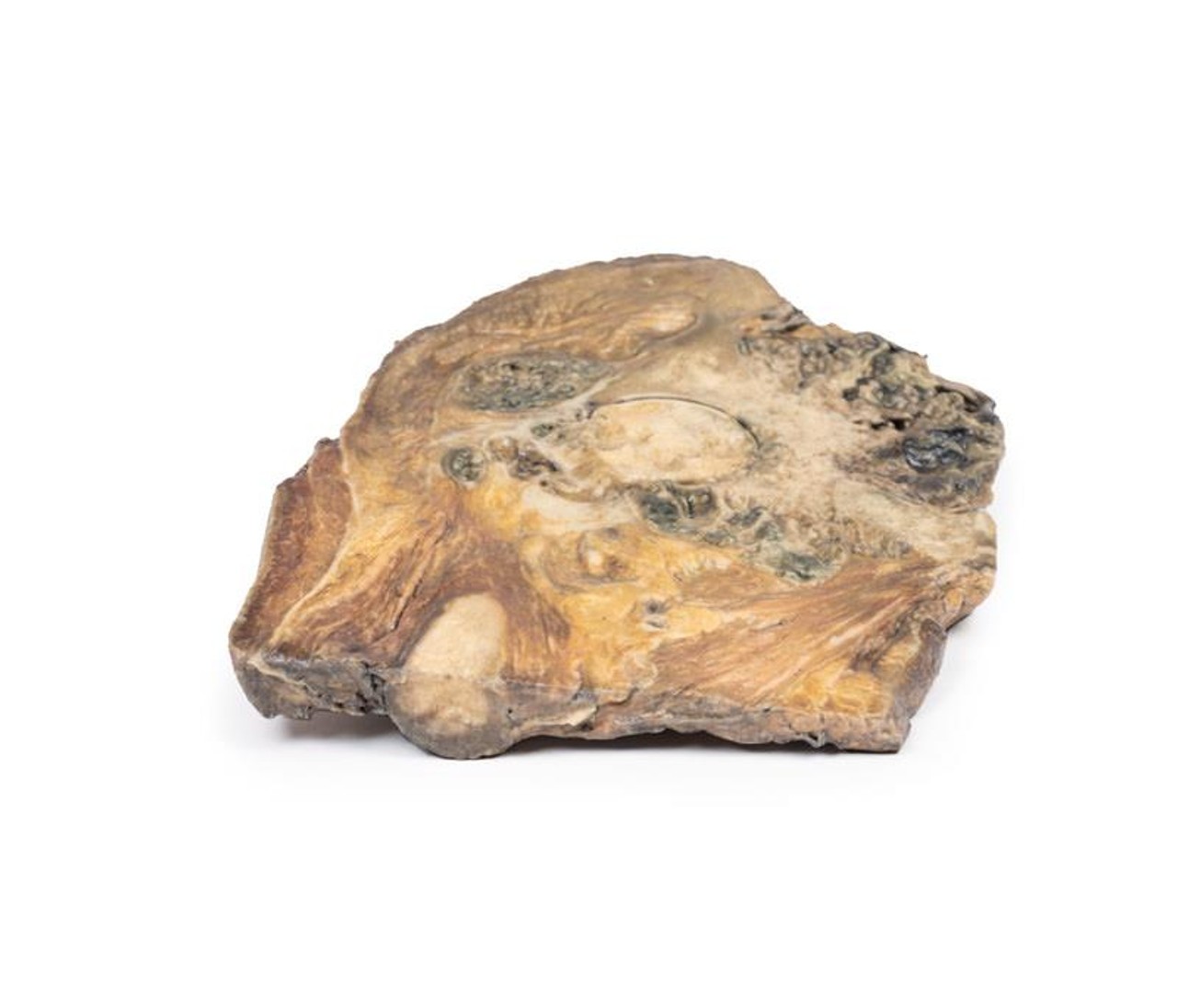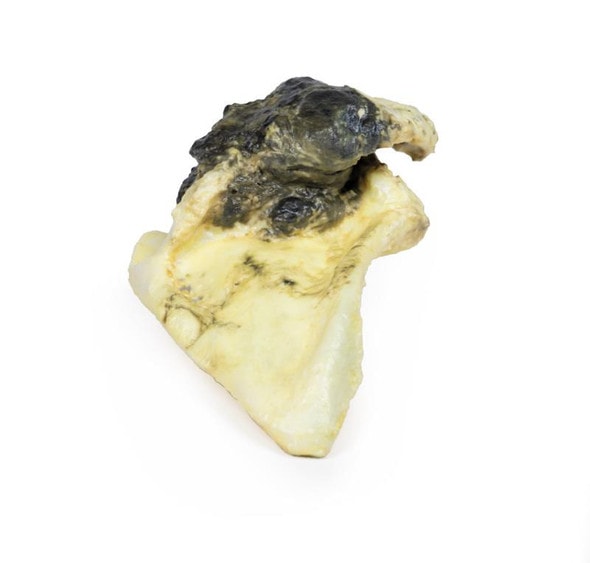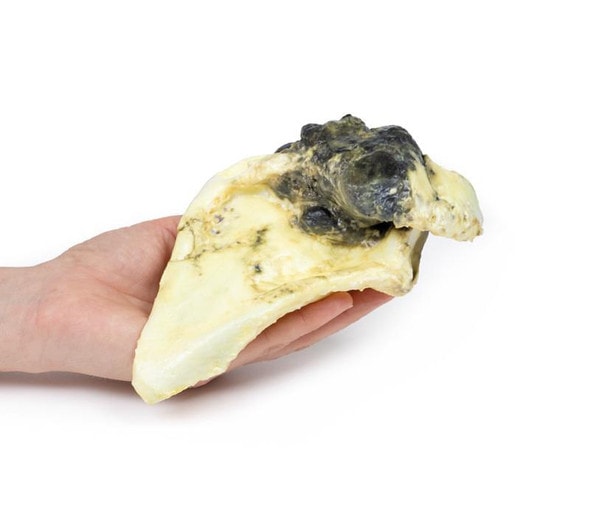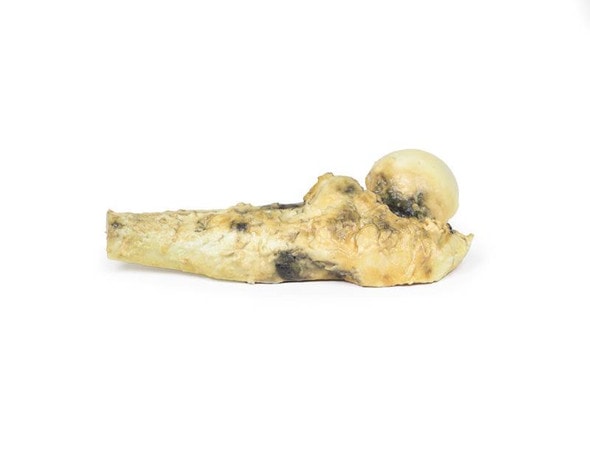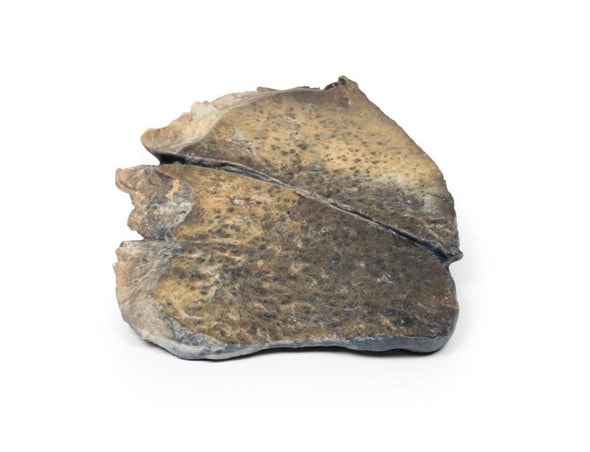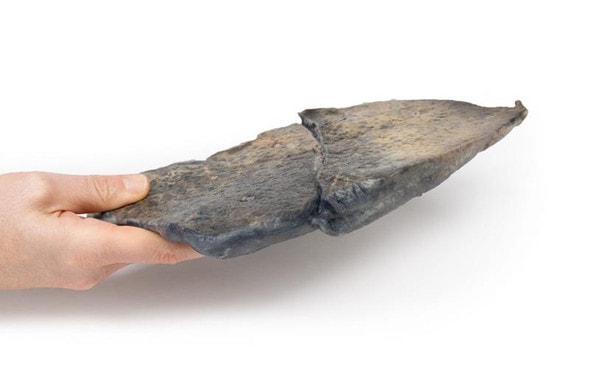Description
Developed from real patient case study specimens, the 3D printed anatomy model pathology series introduces an unmatched level of realism in human anatomy models. Each 3D printed anatomy model is a high-fidelity replica of a human cadaveric specimen, focusing on the key morbidity presentations that led to the deceasement of the patient. With advances in 3D printing materials and techniques, these stories can come to life in an ethical, consistently reproduceable, and easy to handle format. Ideal for the most advanced anatomical and pathological study, and backed by authentic case study details, students, instructors, and experts alike will discover a new level of anatomical study with the 3D printed anatomy model pathology series.
Clinical History
A teenage boy presents with groin pain after horse-riding. Examination revealed a large, deep lump. Following biopsy and imaging, the diagnosis of chondrosarcoma was made and a radical surgical resection of his right leg was performed.
Pathology
The specimen consists of the upper end of the femur and its articulation with the pelvis. Within the neck and head of the femur and replacing most of the ilium there is a lobulated pale grey tumor with areas of cavitation, necrosis and hemorrhage. The tumor is extending out beyond bone into the surrounding soft tissues and appears encapsulated. The presence of infiltration, necrosis and hemorrhage are macroscopic features of malignancy.
Further Information
Chondrosarcoma is a primary malignant bone tumor with cartilaginous differentiation. It is a rare cancer that accounts for about 20% of bone tumors. The only available treatment is excisional surgical resection since the current adjuvant treatments are ineffective. The pelvic location creates specific technical difficulties both for exeresis and reconstruction.
The disease usually starts in the bones of the arms, legs or pelvis, but it can be found in any part of the body that contains cartilage. Sometimes chondrosarcoma grows de novo form an otherwise healthy bone; however, sometimes it may arise from a benign bone tumor (an enchondroma or osteochondroma).
There are several subtypes of chondrosarcoma, named based on their microscopic and genetic characteristics. These include: conventional chondrosarcoma; Clear cell chondrosarcoma; Myxoid chondrosarcoma; Mesenchymal chondrosarcoma; Dedifferentiated chondrosarcoma.
Advantages of 3D Printed Anatomical Models
- 3D printed anatomical models are the most anatomically accurate examples of human anatomy because they are based on real human specimens.
- Avoid the ethical complications and complex handling, storage, and documentation requirements with 3D printed models when compared to human cadaveric specimens.
- 3D printed anatomy models are far less expensive than real human cadaveric specimens.
- Reproducibility and consistency allow for standardization of education and faster availability of models when you need them.
- Customization options are available for specific applications or educational needs. Enlargement, highlighting of specific anatomical structures, cutaway views, and more are just some of the customizations available.
Disadvantages of Human Cadavers
- Access to cadavers can be problematic and ethical complications are hard to avoid. Many countries cannot access cadavers for cultural and religious reasons.
- Human cadavers are costly to procure and require expensive storage facilities and dedicated staff to maintain them. Maintenance of the facility alone is costly.
- The cost to develop a cadaver lab or plastination technique is extremely high. Those funds could purchase hundreds of easy to handle, realistic 3D printed anatomical replicas.
- Wet specimens cannot be used in uncertified labs. Certification is expensive and time-consuming.
- Exposure to preservation fluids and chemicals is known to cause long-term health problems for lab workers and students. 3D printed anatomical replicas are safe to handle without any special equipment.
- Lack of reuse and reproducibility. If a dissection mistake is made, a new specimen has to be used and students have to start all over again.
Disadvantages of Plastinated Specimens
- Like real human cadaveric specimens, plastinated models are extremely expensive.
- Plastinated specimens still require real human samples and pose the same ethical issues as real human cadavers.
- The plastination process is extensive and takes months or longer to complete. 3D printed human anatomical models are available in a fraction of the time.
- Plastinated models, like human cadavers, are one of a kind and can only showcase one presentation of human anatomy.
Advanced 3D Printing Techniques for Superior Results
- Vibrant color offering with 10 million colors
- UV-curable inkjet printing
- High quality 3D printing that can create products that are delicate, extremely precise, and incredibly realistic
- To improve durability of fragile, thin, and delicate arteries, veins or vessels, a clear support material is printed in key areas. This makes the models robust so they can be handled by students easily.

